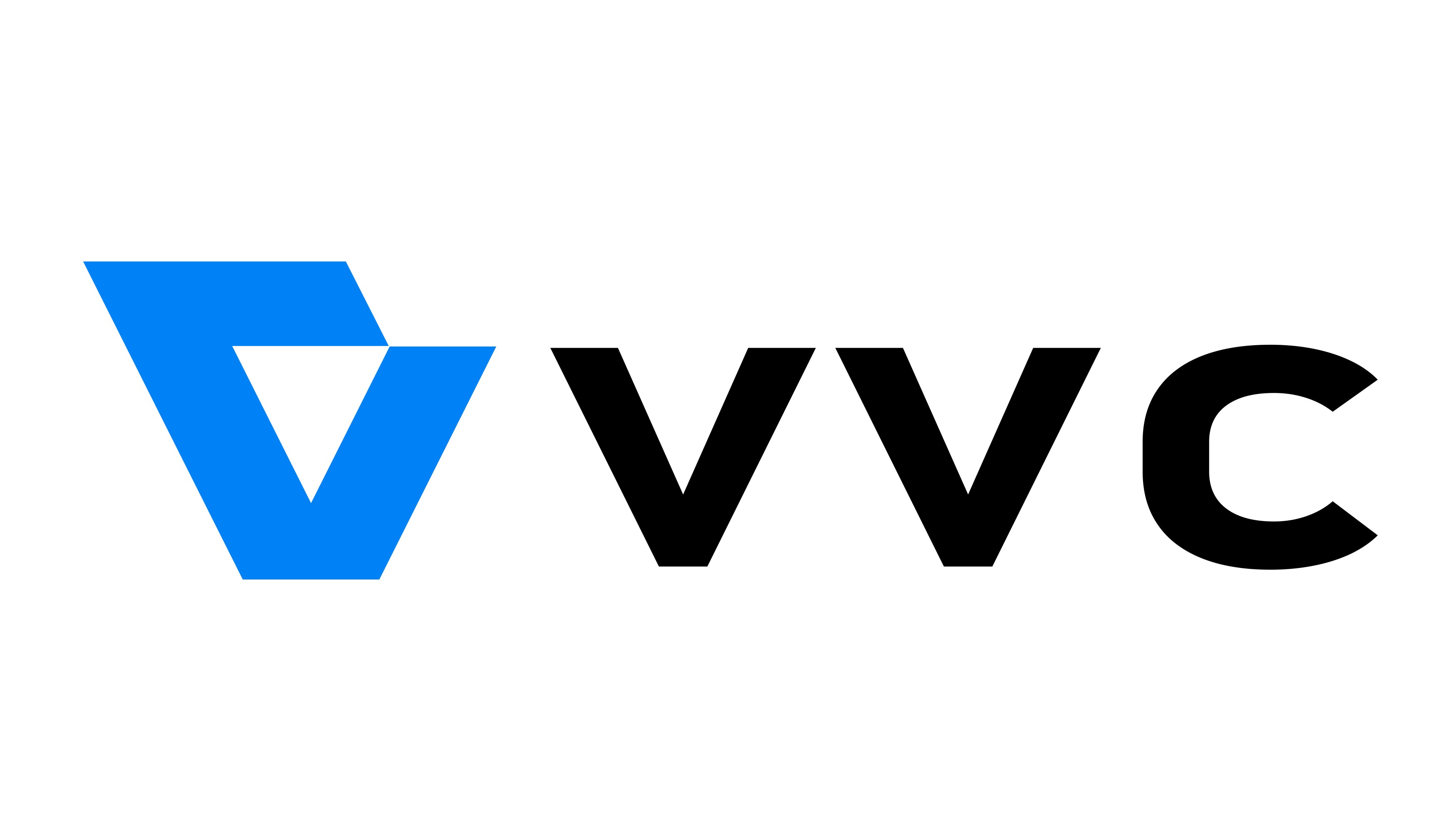Successor to HEVC Good News for Hi-Resolution Video
Fraunhofer HHI debuts H.266/VVC video coding standard

BERLIN— Fraunhofer HHI has announced the approval of the H.266/Versatile Video Coding (VVC) standard, which it says reduces bandwidth needed for high resolution (4K and up) video by up to 50% compared to its predecessor, HEVC.
A result of collaboration among the world’s largest tech companies—Apple, Ericsson, Intel, Huawei, Microsoft, Qualcomm and Sony—boasts improved compression without compromising visual quality, according to Fraunhofer HHI. The new standard can provide efficient transmission and storage of all video resolutions from SD to HD up to 4K and 8K, while also supporting HDR video and omnidirectional 360-degree video.
“Because of the quantum leap in coding efficiency offered by H.266/VVC, the use of video will increase further worldwide,” said Benjamin Bross, head of the Video Coding Systems group at Fraunhofer HHI. “Moreover, the increased versatility of H.266/VVC makes its use more attractive for a broader range of applications related to the transmission and storage of video.”
Fraunhofer also announced plans to establish a uniform and transparent licensing model based on the FRAND (fair, reasonable and non-discriminatory) principle for the use of standard essential patents related to H.266/VVC. This has led to the founding of the Media Coding Industry Forum (MC-IF), which includes more than 30 companies and organizations.
The new chips to use H.266/VVC are currently being designed, and Fraunhofer HHI is expected to publish the first software (for both encoder and decoder) to support H.266/VVC, by the fall according to Thomas Schierl, head of Video Coding and Analytics department at Fraunhofer HHI.
For more information, visit www.fraunhofer.de.
The professional video industry's #1 source for news, trends and product and tech information. Sign up below.
